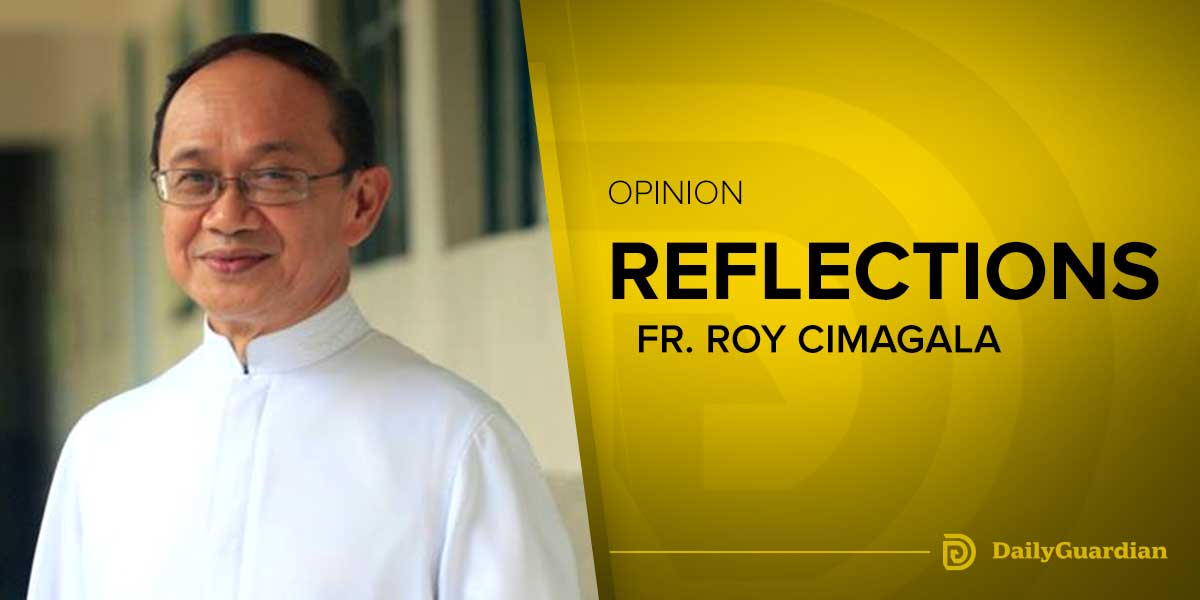
By Joseph B.A. Marzan
The Western Visayas Regional Task Force on COVID-19 (WVRTF) prefers the region to remain under community quarantine amid the coronavirus disease 2019 (COVID-19) crisis.
The national interagency task force on the management of emerging infectious diseases recommended the exit of Western Visayas from the Enhanced Community Quarantine (ECQ) and General Community Quarantine (GCQ) after it was classified as a low risk area for COVID-19.
But WVRTF spokesperson Atty. Roy Villa said that the ‘Low Risk’ classification of the region should be interpreted as a shift to GCQ instead of a total lift.
“Actually, the classification of low risk means that we can declare General Community Quarantine (GCQ), which means we can increase economic and social activities but they will still be limited. We want the people to understand that we are not going back to normal,” Villa said.
Villa said that the WVRTF will coordinate with local government units (LGU) on their respective guidelines for the GCQ.
“We will wait for the guidelines to be issued by the LGUs and the IATF-EID with respect to the GCQ. We will see what will be allowed and what will be prohibited. The WVRTF will see to it that the guidelines issued will be in accordance with the guidelines by the IATF-EID. We will harmonize all of the guidelines between the LGUs for smoother implementation,” he said.
He said that the WVRTF will continue to operate during the GCQ, and likewise recognized the continued presence of the virus in the region.
“Our WVRTF will continue because we are still under the low-risk GCQ. Until the virus is completely eliminated, we should not expect a normal situation,” he said.
DOH data indicated that as of May 12, 2020 Western Visayas has 97 confirmed COVID-19 cases, with 49 active cases, 39 recoveries, and 10 fatalities.
LOW RISK
Presidential Spokesperson Harry Roque announced in a virtual press briefing on Tuesday that all areas in Western Visayas are considered “Low Risk” to COVID-19.
According to Department of Health (DOH) Undersecretary Maria Rosario Vergeire, classification of risks are based on the Case Doubling Time, or the length of time that the number of cases accelerate; and the Critical Care Utilization Rate, or the rate at which the capacity of healthcare facilities in the area are utilized.
Vergeire explained that Low Risk areas have a Case Doubling Time of more than 30 days, and a Critical Care Utilization Rate of less than 30 percent.
The health official warned that the quarantine will be re-imposed if COVID-19 infections surge once more.
Roque said the classification of the region as ‘Low Risk’ meant that highly urbanized cities, independent component cities, and provinces may lift the ECQ and GCQ statuses, but must maintain minimum health standards.
Local chief executives in Region 6 placed their areas under the ECQ in response to the growing threat of COVID-19 starting mid-March.
The ECQ was then extended in all areas of the region to April 30 upon recommendation by the IATF-EID.
The provinces of Aklan, Antique, Capiz, Guimaras and Negros Occidental have shifted to GCQ starting May 1.
But Iloilo City, Iloilo province, and Bacolod City remain under ECQ until May 15.






















